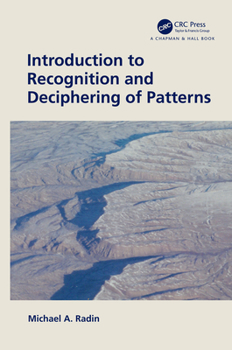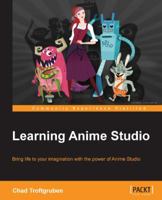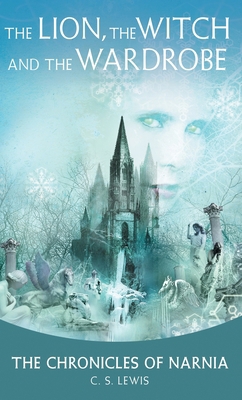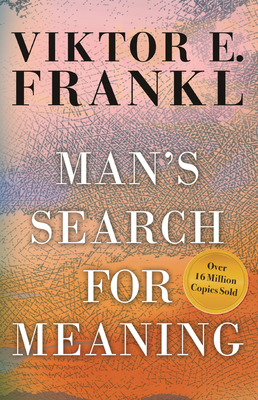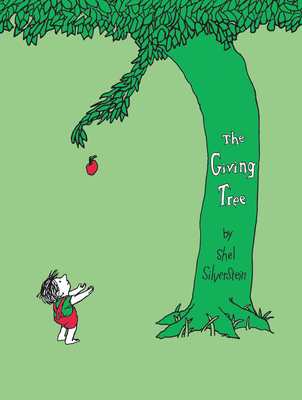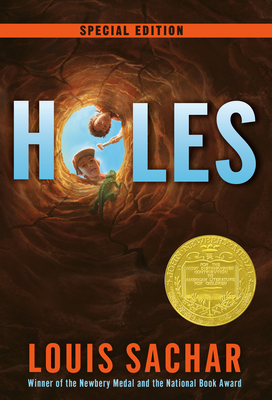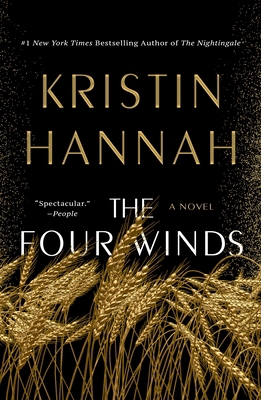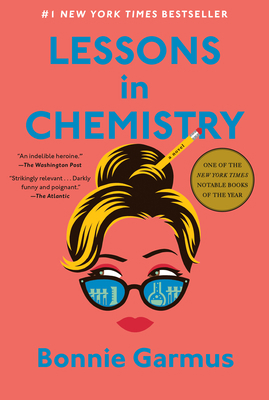Introduction to Recognition and Deciphering of Patterns
Select Format
Select Condition 
Book Overview
Introduction to Recognition and Deciphering of Patterns is meant to acquaint STEM and non-STEM students with different patterns, as well as to where and when specific patterns arise. In addition, the book teaches students how to recognize patterns and distinguish the similarities and differences between them.
Patterns, such as weather patterns, traffic patterns, behavioral patterns, geometric patterns, linguistic patterns, structural patterns, digital patterns, and the like, emerge on an everyday basis, . Recognizing patterns and studying their unique traits are essential for the development and enhancement of our intuitive skills and for strengthening our analytical skills. Mathematicians often apply patterns to get acquainted with new concepts--a technique that can be applied across many disciplines.
Throughout this book we explore assorted patterns that emerge from various geometrical configurations of squares, circles, right triangles, and equilateral triangles that either repeat at the same scale or at different scales. The book also analytically examines linear patterns, geometric patterns, alternating patterns, piecewise patterns, summation-type patterns and factorial-type patterns. Deciphering the details of these distinct patterns leads to the proof by induction method, and the book will also render properties of Pascal's triangle and provide supplemental practice in deciphering specific patterns and verifying them.
This book concludes with first-order recursive relations: describing sequences as recursive relations, obtaining the general solution by solving an initial value problem, and determining the periodic traits.
Features
- Readily accessible to a broad audience, including those with limited mathematical background
- Especially useful for students in non-STEM disciplines, such as psychology, sociology, economics and business, as well as for liberal arts disciplines and art students.
Customer Reviews
The Tragedy of Macbeth Mentions in Our Blog
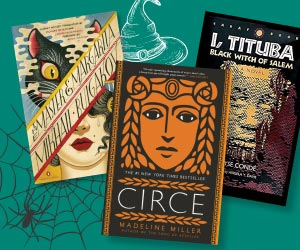
Witches take many forms in literature—from villainous queens to secret healers to heroic vigilantes. They can be young or old, real or imagined, historic or modern-day. This roundup of liter-witch-ure offers a variety of witchy representations, ranging from old to new.
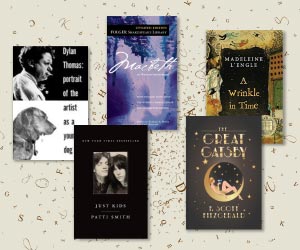
Taylor Swift's new album, The Tortured Poets Department, came out April 19. Swift has a long history of including literary nods in her music and this title suggests her most bookish album yet! Back when she announced the track list, we made some predictions about things. Let's see how we did and explore all of the literary references in her latest lyrics.

Watching the Oscars this weekend? If so, you’ll want to catch up on the literature that served as inspiration for some of the nominated movies. Plus, we share some of our favorite book-to-screen best picture winners from the last quarter century.
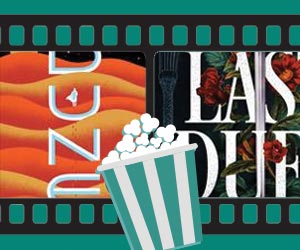
The pandemic put many exciting film releases on hold, but movies are back, baby! And, in keeping with our key interests, we've put together a list of upcoming book-to-screen adaptations that we can't wait to see. (But only after we read, of course.)












